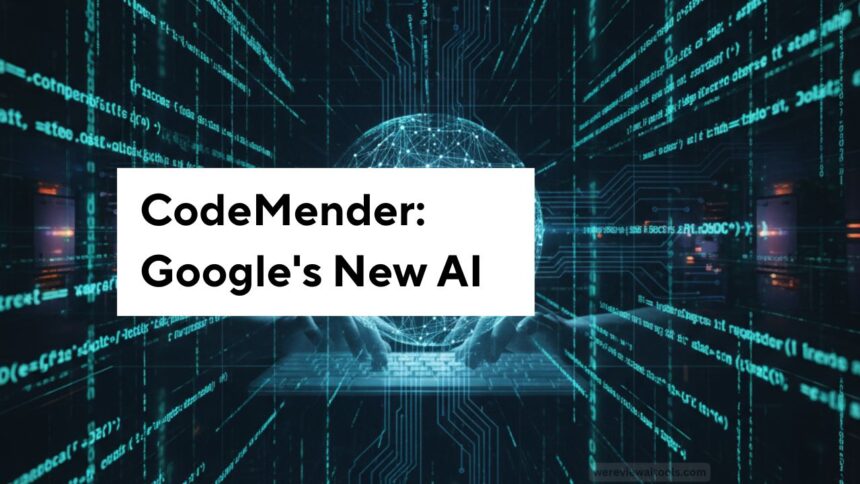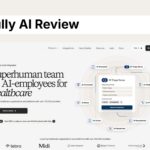Google DeepMind’s CodeMender is a brand new intelligent AI agent designed to revolutionize the way we solve security issues within computer programs.
It is designed to behave like a skilled security engineer which is constantly working and not only identifying bugs however, but writing as well as evaluating its own fixes prior to presenting them to a human programmer.
This is designed to keep pace with the rapid pace of development of code and the growing amount of security flaws.
The Role of an Autonomous AI Agent
CodeMender goes beyond an application that simply scans for problems.
It is an autonomous agent driven with its Gemini Deep Think model. It is able to think about, plan, and utilize special tools to accomplish its job.
If a security vulnerability is discovered, CodeMender starts a meticulous process.
It makes use of its AI technology to perform an root analysis of the root which means that it digs deeper to determine the root of the flaw rather than just the surface issue.
When the cause is determined then it creates a new section of code that will create the secure patch. The process is fast and completely controlled through an AI system.
Reactive and Proactive Security
The security approach of CodeMender is two-fold. It addresses both future and present security issues:
- Reactive Patching If a vulnerability has been identified and CodeMender swiftly creates an appropriate fix for the issue. The aim is to reduce the period between when a vulnerability is discovered and when it is fixed. This prevents hackers from exploiting the vulnerability.
- Proactive hardening: The agent can also scan large portions of the code to find typical, risky patterns. Then, it alters the code in order to prevent the all-encompassing category of security flaws from occurring. For instance, it could include special compiler instructions for boundary checking which prevents a significant kind of attack known as buffer overflow. This is a vital measure to ensure that code is secure over the long haul.
Rigorous Automated Validation
The most important feature that is a major component of CodeMender can be found in its advanced automated validation process.
This is the way that the program ensures its patches are secure and up to date before anyone is able to even detect the patches.
After a patch is created then the AI runs it through an array of tests using an array of powerful tools for software:
- Static Analysis (looking at the code but not running it)
- Dynamic Analyzing and Fuzzing (running the code using multiple inputs to identify crashes)
- Differential Test (checking to ensure that this new version functions exactly the same as the old code, with the exception of the bug correction)
- Multi-Agent Critique Sub-agents with special AI capabilities work as reviewers, examining that the code is in line with style guidelines and assessing for any undesirable side effects, or even the possibility of new issues (regressions).
All patches passing this rigorous multi-stage test are then delivered to humans to develop.
It is this human-in-the-loop technique is vital in that DeepMind ensures that a human engineer is able to review and approve each modification before integrating it into an existing project.
Early Impact and Future Direction
In the early stages of testing, CodeMender has already shown significant outcomes. In less than six months, it’s delivered 72 security updates to numerous open-source projects, which includes extremely large ones that contain million of line of code.
This project marks a change in the field of cybersecurity.
As AI improves in discovering security holes (which makes the work of human developers more difficult) CodeMender helps provide the necessary balance by automating the tedious task in fixing these vulnerabilities.
The objective isn’t for it to take over human specialists, but instead to provide them with a strong AI partner that allows them to focus in the pursuit of innovation instead of clearing out security issues.








